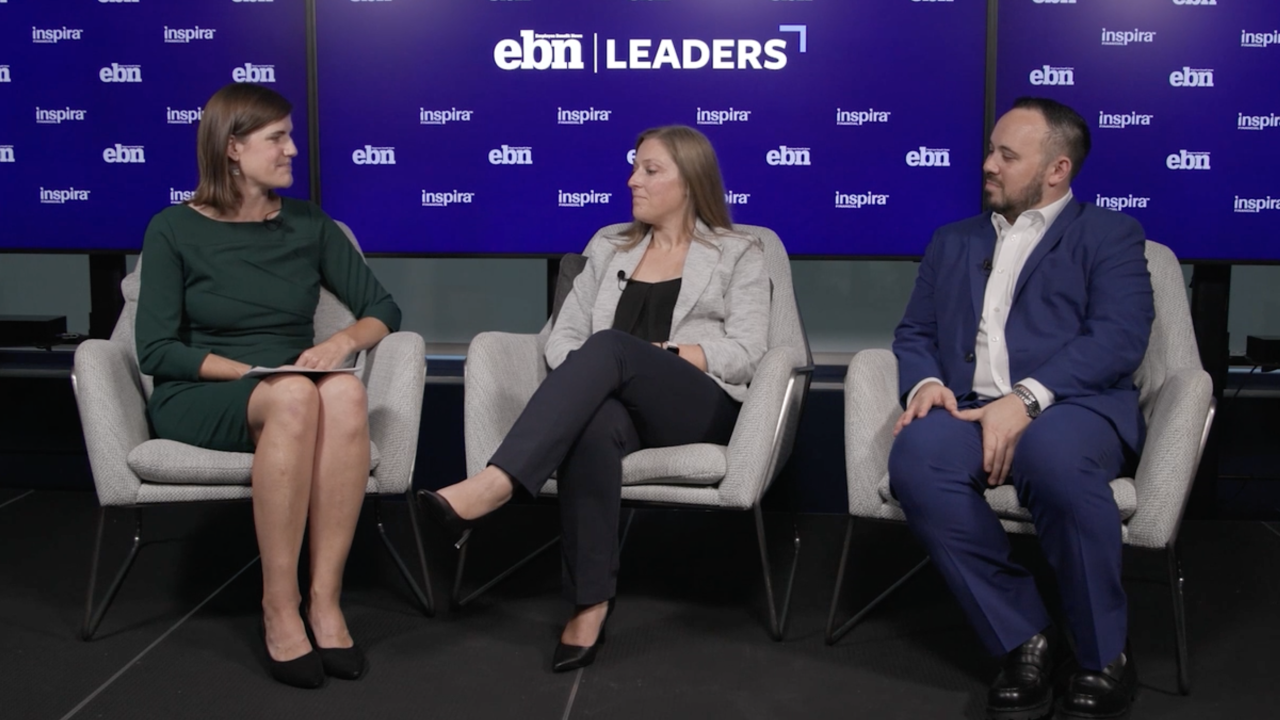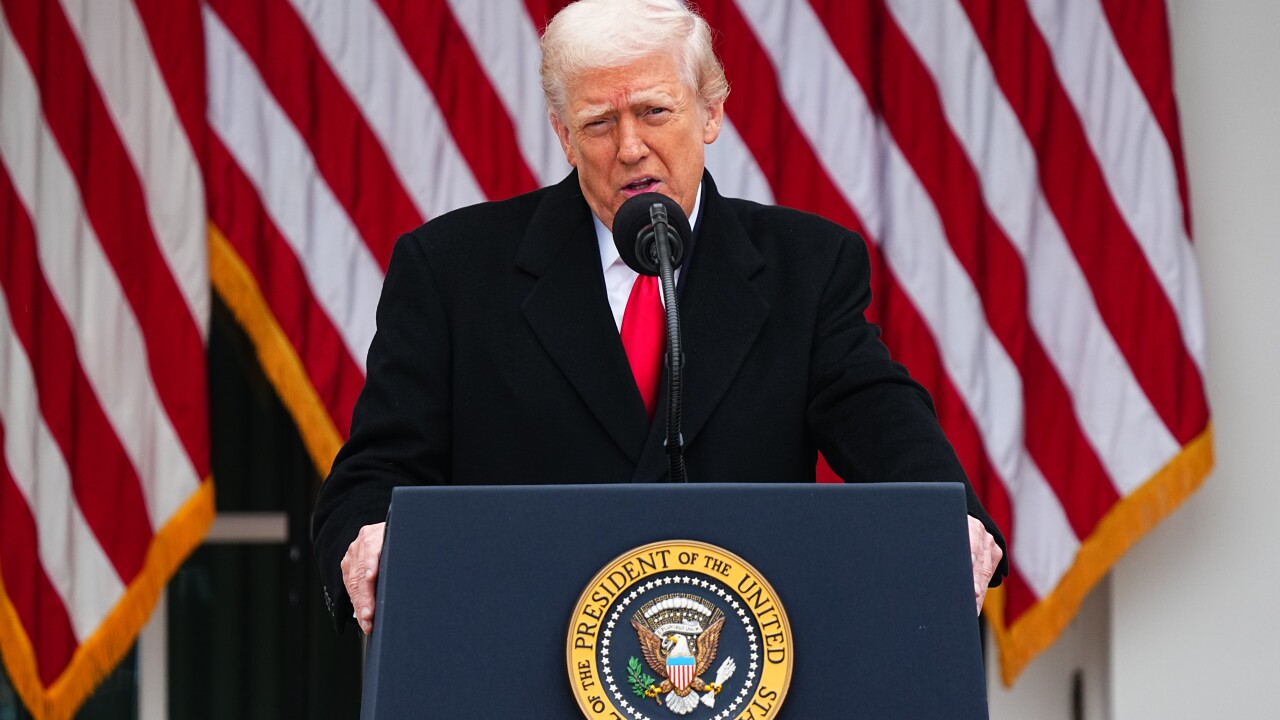In Flambeau v. EEOC (Flambeau) a second federal court has openly disagreed with the Equal Employment Opportunity Commission’s position on the use of health risk assessments, biometric screening and other wellness-related tools (collectively referred to here as “HRAs”) by employers who are attempting to engage employees in their own wellness. The use of HRAs is viewed by most reasonable people as an important tool in the fight to control rising health insurance costs.
Employers like HRAs because they understand that a key first step toward healthier choices is understanding one’s health weaknesses. Conventional wisdom is that employees who are better informed about their own behaviors and their impact on their health will take steps to address those behaviors. This, in turn, will lead to healthier employees and reduced health care costs.

While completion of an HRA is an important first step toward better wellness, employers know that if they are completely voluntary, there’s a good chance that the people who need them the most will take them the least. That’s human nature. But it does no good in the fight to spur wellness if only healthy employees take HRAs.
To encourage employees to take HRAs, employers require employees to submit to HRAs by conditioning eligibility for health plan options or charging higher premiums if they fail or refuse to take them, or by offering cash or other incentives to those who do complete them.
What’s the EEOC’s problem with HRAs?
Among other things, the EEOC is charged with enforcing the requirements of Americans with Disabilities Act. The ADA generally prohibits employers from taking adverse action on any employee based his or her (or a family member’s) real or perceived disability. Under the ADA, employers are prohibited from even asking about an employee’s or potential employee’s health.
The EEOC’s view is that imposing penalties or providing incentives to encourage employees to complete an HRA constitutes involuntary questioning about the employee’s health, and thus barred by the ADA.
Also see: “
The EEOC last year released proposed regulations that establish certain limits on the use of HRAs. We expect to see final regulations this year. In those proposed regulations the EEOC imposes a 30% of premium limit on any monetary penalty or award and specifically prohibits conditioning eligibility in a group health plan on the completion of an HRA.
What’s my problem with the EEOC?
My problem with the EEOC is that their regulations do not adequately take into account the very clear “safe harbor” in the ADA that Congress intended for group health plans. Under the safe harbor, in general, actions taken by an employer in the operation of an employer-sponsored group health plan may be exempt from the ADA’s inquiry prohibitions as long as they are not simply a subterfuge to avoid the law.
Two federal courts have reviewed the EEOC’s position on the use of HRAs and both have come to the same conclusion: the EEOC is not permitted to ignore parts of a statute with which it disagrees. In other words, according to these federal judges, the EEOC has no business pursuing a lawsuit involving an HRA that is part of a group health plan that falls into the ADA’s safe harbor, unless the EEOC can demonstrate that the use of the HRA is subterfuge to avoid the law.
In Flambeau, the EEOC argued that the employer violated the ADA by first offering a $600 credit for the completion of an HRA and then conditioning eligibility in the group health plan on the completion of the HRA. The federal court ruled for Flambeau and against the EEOC, holding that the employer’s HRA was protected by the statutory safe harbor (and there was no showing of subterfuge).
Similarly, in Seff v. Broward County (Seff), a case that was decided in 2012 and in which the EEOC was not a party, a federal judge ruled that the federal statute — written by Congress and signed into law by the president — provided a safe harbor that trumped the administrative agency’s limited view of the world.
In other words, two federal judges are now on record as disagreeing with the EEOC. These judges undoubtedly understand that it is our elected officials — Congress and the president — who write laws.
Will the EEOC consider the rulings by two federal judges when it finalizes its regulations? Maybe, but I am not optimistic.
Will the EEOC consider the rulings by two federal judges when it finalizes its regulations? Maybe, but I am not optimistic. The agency apparently has no compunction when it comes to ignoring the law as passed by our elected representatives. Why should we expect they’ll listen to two federal judges?
This leaves employers in limbo. Should they follow the proposed (or final) regulations and impose unnecessary and counter-productive limits on their HRAs? Or should they rely on the safe harbor and take their best shot in court? Sadly, given the high cost of litigation and the fact that the EEOC gets to play with the house money, the safer (and less costly) approach may undoubtedly be to follow the regulations.
Those daring employers who want to rely on the safe harbor should work with their ERISA and employment counsel to ensure that their HRA program is integrated with their group health insurance plan and meets the safe harbor.





